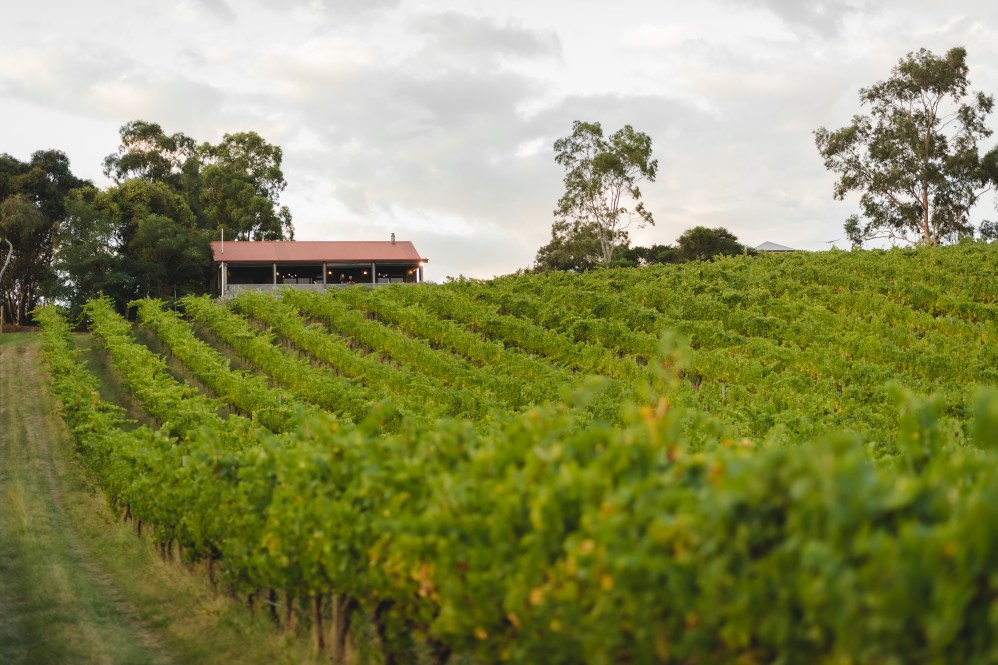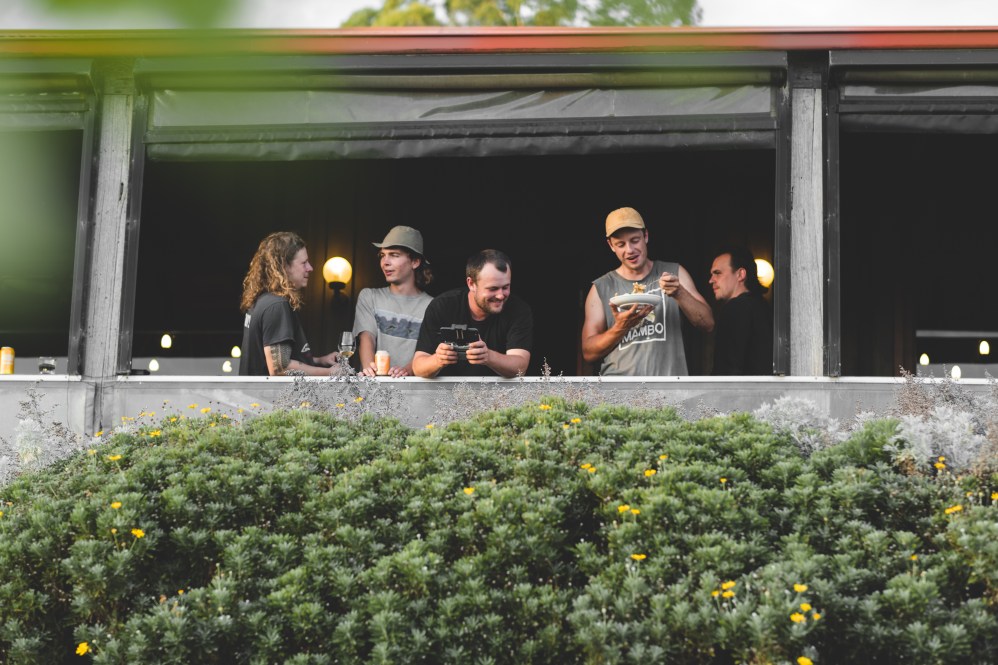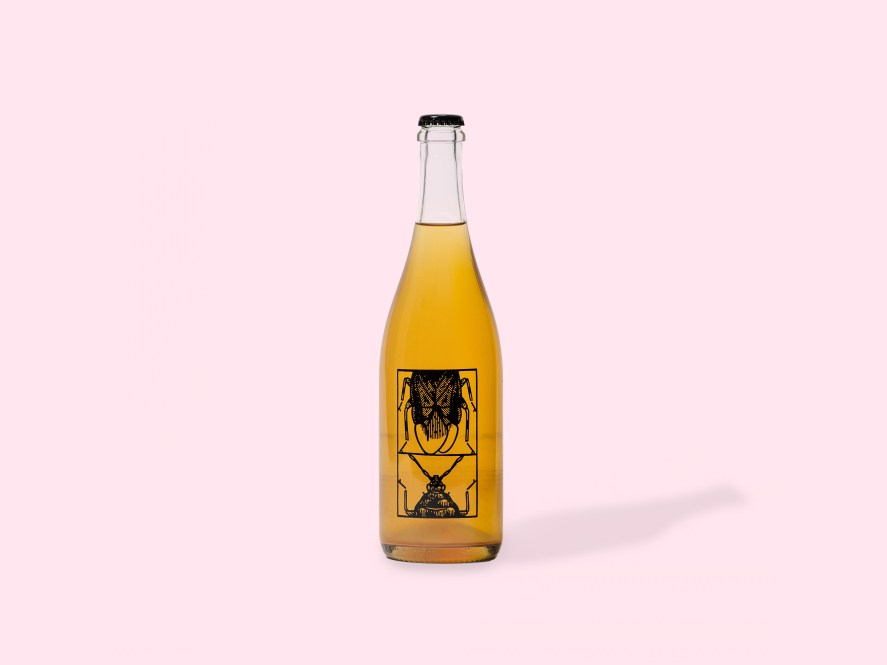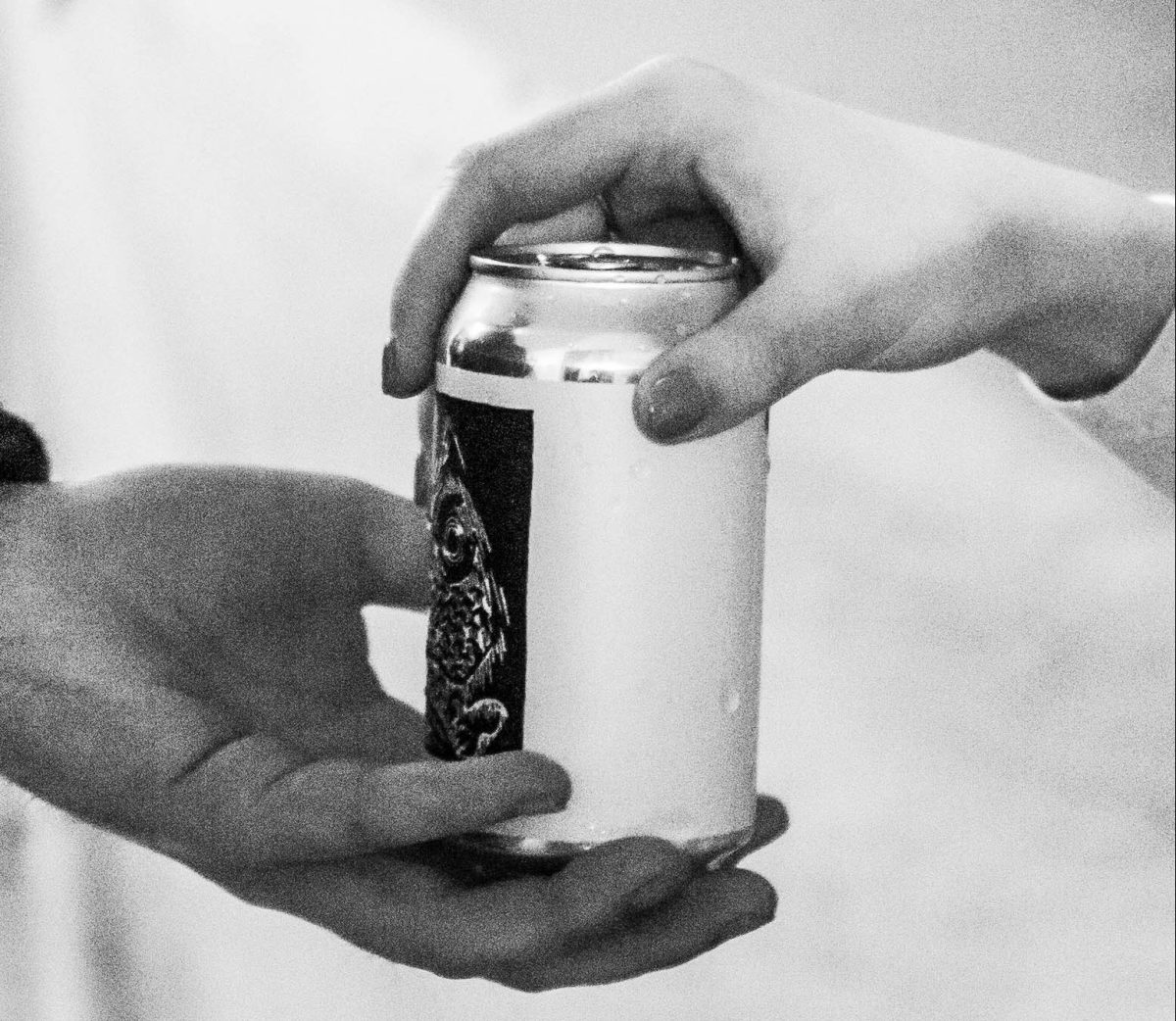This is a story about minimal-intervention cider — with Fin Wines. Don’t let the name fool you, the Dixons Creek producers in Victoria have made cider from the jump, taking an approach that lets nature do its thing.
While natural wines are now part and parcel of the drinks landscape, the same can’t be said for its oft-apple-based counterpart — yet. Fin Wines are part of a growing number of local makers making ciders the way they should be — complex, thought-provoking and nuanced.
Hospitality speaks to Director JonJo McEvoy about the status of grass-roots ciders, the production process and why consistency isn’t key when it comes to making a crushable bevvy.
Fin Wines is found on the lands of the Wurundjeri people of the Kulin nation. The self-described fermentation collective comprises JonJo McEvoy, Oliver Johns and Angus Hean, who came together to create a brand born out of a love of tasty wines and ciders. Fin Wines launched its debut range of wines, ciders and piquettes in January 2020, going on to secure a 10-acre farm and vineyard one year later.
The ‘Finyard’ was planted in the early ’90s on grey–red sandy loam over clay, and has long been farmed without any nasties, with the trio maintaining the same approach since taking over. Biodiversity is big here, as it should be.

And so is cider. “Cider was our first product and I’m originally from the West Country in the UK, so I grew up drinking it … especially some of the more natural styles,” says McEvoy.
An opportunity to source organically grown fruit from McEvoy’s business partner’s family orchard presented itself, and it was a natural fit for both parties, which share a hands-off ethos. “They used to grow fruit for the supermarkets, but the contracts fell through. When you’re not so worried about having a presentable apple, you get a thickening of the skin which creates tannins and depth of flavour. It’s very minimal in the farming, and very minimal when it comes to the winery.”
Everything from apples, grapes, plums and pears to cherries, elderflower and “whatever we can get our hands on”, informs Fin’s ever-evolving cider range. The majority of the produce comes from growers in the Yarra Valley including CherryHill Orchards, Box Grove Vineyard and Yering Farm, with everything else sourced from
connections or social media.
“Most of the time, we’ll get a call from someone saying they have apples or cherries,” says McEvoy. “Or I will see a post on Instagram about something being available and we will think, ‘That would make a cool drink’. We think about the drink first rather than it being based on a particular fruit and try to play around with people’s perceptions of what they expect from a beverage made from that certain fruit.”

The cider-making process is as no-frills as it can be. Apples are sorted and cleaned with water before being milled and left on skins for one to three weeks, which “kick-starts the wild ferment and creates depth of flavour,” says McEvoy. “You also get a nice tannin profile depending on the apples.”
The fruit is then layered in between wooden racks in a “really manual” cheese press. Rack and cloth pressing is a traditional method of cider-making, resulting in better extraction compared to wine presses, which aren’t effective at juicing fruit such as apples.
The liquid is pressed directly into buckets before being funnelled into barrels and left to ferment alone or with co-ferments such as grape skins and grape juice. “We don’t use any preservatives about 95 per cent of the time,” says McEvoy. “Everything is fermented dry and it’s a real labour of love.
“It normally takes between three and six weeks to finish the ferment, and we also play around with leaving stuff in the barrel for extended periods of time. We have done up to three years, and that’s when you see tertiary notes that result in complex ciders. Our fresher ciders are in barrel for a year.”

Fin’s cider range is haphazard — in the best way. Many products come about through innovation, imagination or sheer coincidence. “The Roussane happened because some of the barrels were very cider-esque already, so we combined apples with the wine,” says McEvoy.
“We had a Pinot Gris one year with lots of nice primary flavours from leaving it on skins and the carbonic maceration, so we thought it would be good in a cider with some cherries because it had a lot of berry flavours.”
The Roussane was a sellout for Fin, with the team struggling to keep up with demand since launch. “We will try to make it a staple, but it’s not a huge batch,” says McEvoy. “Our smallest batch is 100L, but we do about 2–3000L for our canned range.”
The dry cider is part of the canned range, which sees a 20:80 ratio of one-year-old cider combined with freshly pressed juice. The team recently switched up production and put the fresh juice into steel for five weeks before moving it to another tank and adding in the aged cider. “We re-fermented it in the can with residual sugar,” says McEvoy. “The idea was to create something that was super approachable … like biting into a fresh apple.”
Drinkers can expect to see Riesling come into play soon, too. “I want to put some of the cider on Riesling skins from our vineyard,” says McEvoy. “Something to give it some floral flavours.”

The cider sector is currently dominated by mainstream makers, which means a large portion of drinkers associate it with sugar — which is a positive for some, and a hard pass for others.
But boutique producers are slowly educating the public on the nuances of cider and opening their eyes to its complex nature. “I think there’s an abundance of bad ciders and that’s people’s only experience of it,” says McEvoy.
“It’s a bit of a difficult market because there’s not a lot of people who drink this style of cider, but it’s definitely growing, which is nice to see. When we do tastings at the cellar door, I always open ciders and trick people into drinking them and they become converts — it’s pretty obvious they just haven’t had a good cider before.”
Thankfully, that’s now changing one bottle (or can) at a time.

